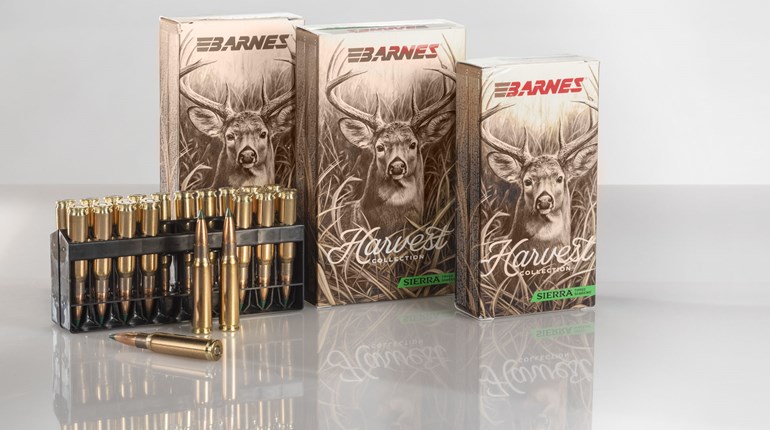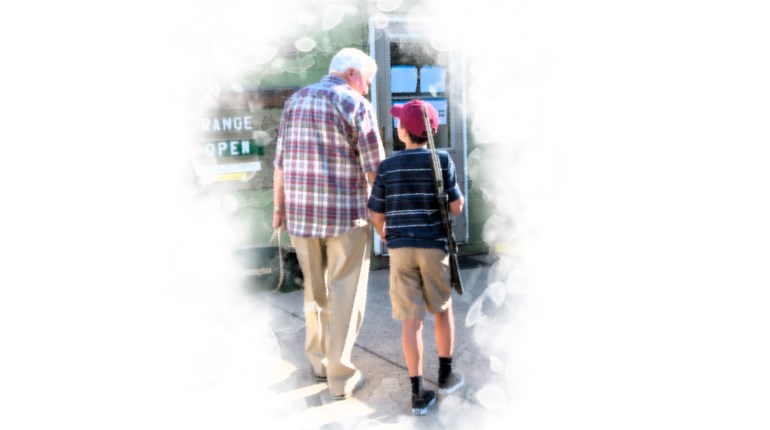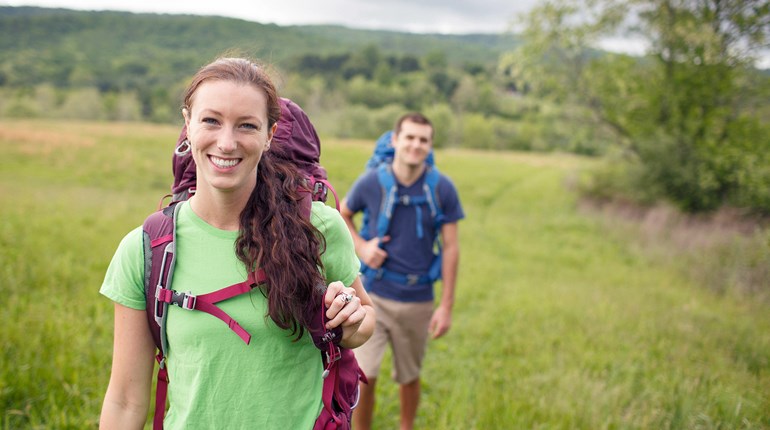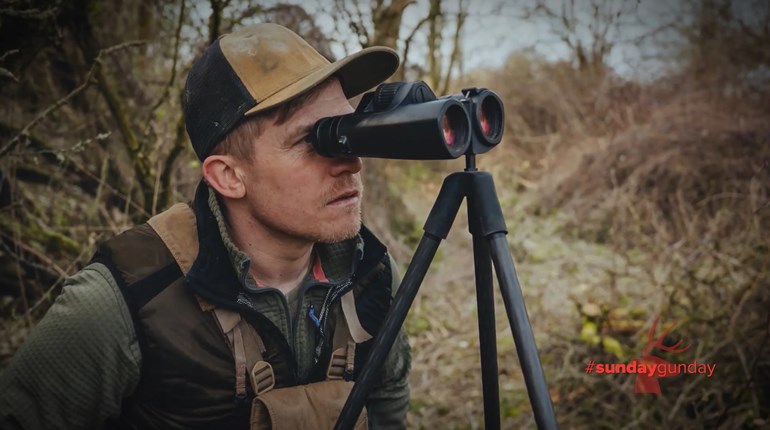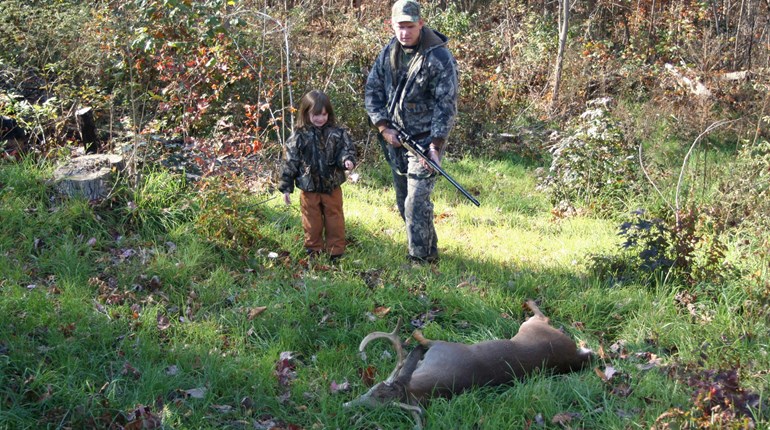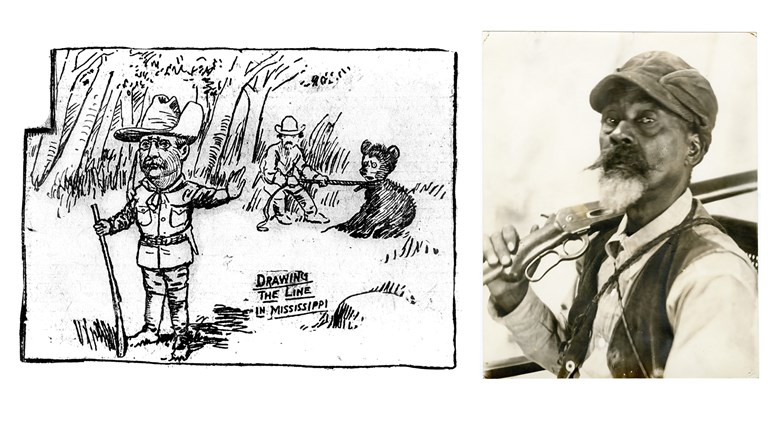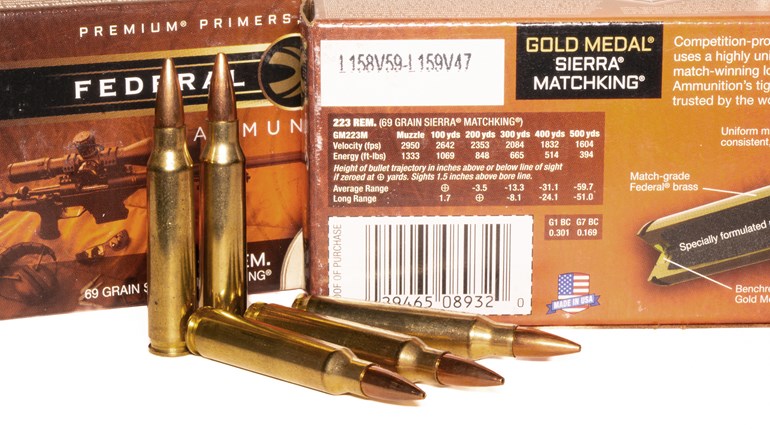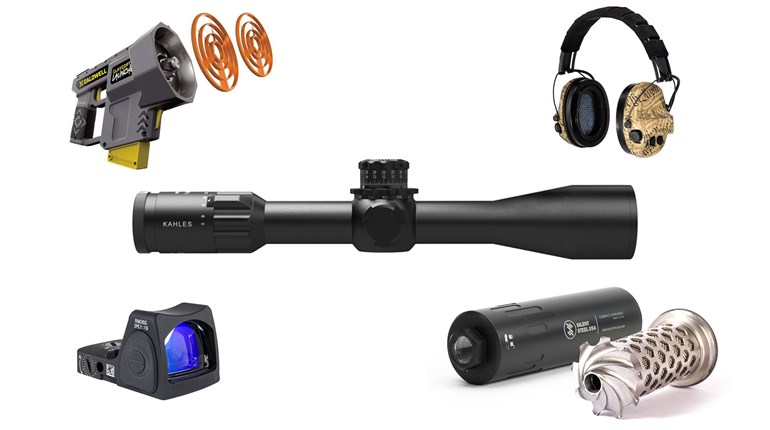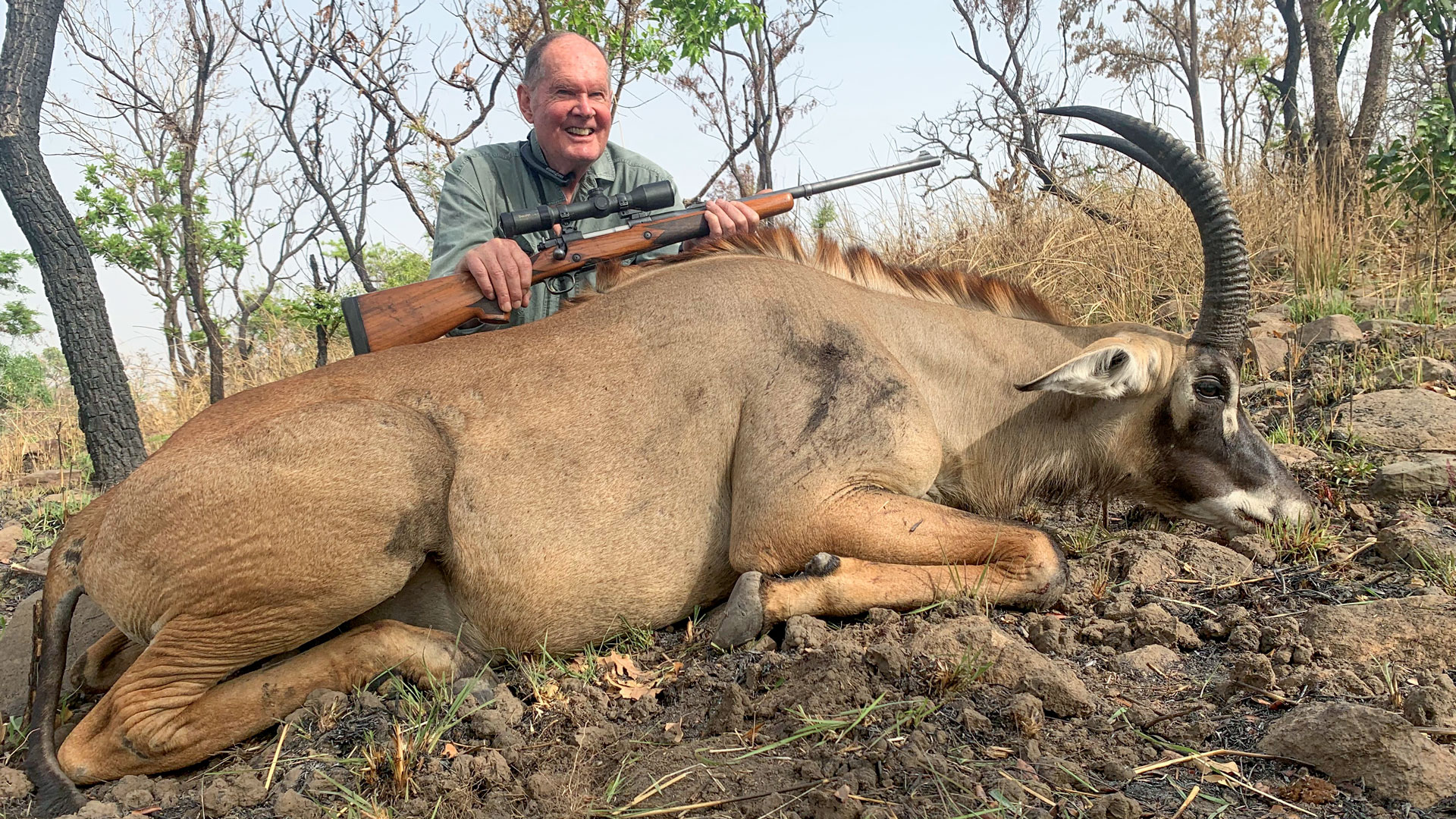
“The Sound of Music” set a record as the highest-grossing movie ever and held that position for five years. Everybody in the civilized world has probably seen it and knows the name von Trapp, the family portrayed in the movie. But it’s a bit odd to see that name in a hunting magazine, right?
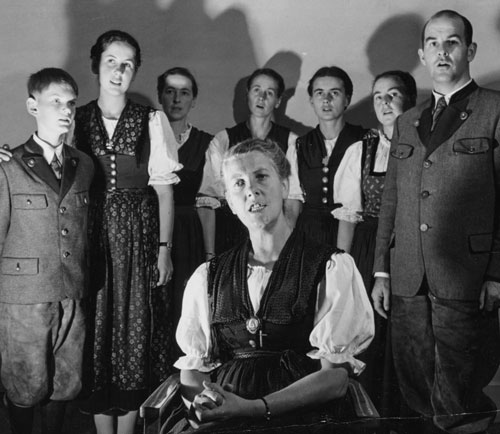
If you live in Vermont, as I do, you know the von Trapps settled in the north-central town of Stowe. In 1950 the family opened a lodge, which led to a restaurant, a cross-country ski area and eventually a brewery. After disbanding the Trapp Family Singers in 1956, the family members went their own way with their mother, Maria, running the lodge.
My first encounter with the family occurred in the early 2000s, 2,600 miles away from Vermont in Las Vegas. I was at the SCI show and had mentioned to somebody that I was from Vermont. A tall gentleman standing beside me said he was from Vermont as well. He introduced himself as Johannes von Trapp. It turned out we had a mutual friend and we shared an affinity for bigger-bore hunting rifles.
As I would learn later, Johannes has an outstanding collection of fine rifles, many of them custom built, almost all in what I call grown-up cartridges. There are several .375 H&H Mag. rifles, and he shows a preference for that cartridge. He also has rifles in .375 Ruger, .35 Whelen, .358 Norma, 8x68S, .458 Lott and a .416 Taylor, which he used to great effect recently in Africa. Like any gun guy, Johannes keeps things balanced, so of course there are a few rifles chambered for modern tofu eating, skinny bullet cartridges as well. At the other end of the curve, a pre-’64 Model 70 in .22 Hornet rounds out things. One rifle that really caught my eye was an early Savage Model 99 chambered for .358 Winchester and in pristine condition. When he expects a snack my dog Max will pour drool out of both sides of his mouth. That rifle had a similar effect on me. There are many more, but my memory storage drive is limited and an hour in his gun room filled it to overflow.
I had an opportunity to share a hunting camp with Johannes and our mutual friend, Bob Rose. It was bitterly cold the first day there, so we mostly spent the morning sipping coffee and getting to know each other. Johannes is the last living member of the most famous generation of the Trapp Family. He is the youngest sibling and was born in the United States. He is, to say the least, a most interesting man with a hell of a life story worthy of the von Trapp legacy, much of it dedicated to hunting.
He has run the family business since 1969, including dealing with rebuilding after a devastating fire in 1980 that leveled the lodge. He was most successful and loved his work, but as he told me recently, “A man has to retire sooner or later.” So, at 84 years of age he retired from running the day-to-day operations.
His idea of retirement, though, was to buy a working cattle ranch in New Mexico. Over the decades Johannes has owned ranches in British Columbia, Arizona and Montana. As he told me, “I love the cattle business. I have spent my entire working life in the hospitality and resort business so I enjoy the diversion. The cattle business is different and is often a lot like hunting in some respects. In New Mexico the cattle can be spread out over more than 20,000 acres. The cows can get lost and I enjoy hunting them up.
“I also love the hunting opportunities the ranches provide,” he continued. “For example, years ago, I had a ranch in the Galiuro Mountains northeast of Tucson, Arizona. The ranch backed up to a wilderness area with some extremely rough country.”
“How rough?” I asked.
“Well, there were 2,000-foot rises and falls in some of the narrow canyons,” Johannes told me. “Too rough to hunt with horses. We would pack in several miles by horse, using the trails. Then we would set up camp and send the horses out until we were ready to leave. We hunted on foot for a week or more. It was a very hard hunt and if out of the four of us hunting we took two Coues deer bucks, we were happy.
“One day it was getting dark and I had a long hike back to camp. I was watching a doe and hoping that her boyfriend would show up, so I pushed it later than I should have. When I stood up to leave I startled a mountain lion right in front of me. It seems he was after the same doe. That’s him over there on the bookcase.”
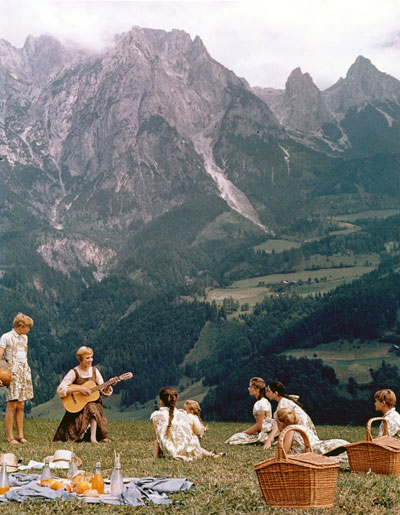
In His Blood
I asked Johannes when he started hunting and like most hard-core hunters, he didn’t exactly know. “I have just always wanted to hunt, even as a little boy,” he said. “I guess it’s in my DNA. My brothers were not hunters, but my father hunted back in Austria and had a mounted boar in his office. I grew up reading John Hunter’s books on hunting in Kenya. We had no TV at home and we spent a lot of time traveling on the bus, so I read books. I loved reading about hunting in Africa.
“I was the youngest child and I was born here in the U.S. My family was touring as the Trapp Family Singers and we performed for 20 years. I was 4 years old when I started singing with them on a limited basis. From about 10 to 17 years of age I was part of the family singers.
“When we were touring in the fall I would often miss deer season in Vermont, but a couple of times I was lucky enough to be here and I hunted all I could. I had a huge trapdoor Springfield .45-70 that somebody had loaned me. I remember meeting a hunter in the woods who asked if I shot that thing or just threw it at the deer.
“We stopped professionally singing as a family in January of 1956. We were living in Mexico while my mother was writing a book. I did my junior and senior year of high school in about four months, by cramming, working with a tutor and taking exams by correspondence.
“Two of my sisters decided to go to the South Pacific to be lay missionaries. I wasn’t ready for college yet, so I went with them. We were on an island off the southeast tip of New Guinea. It was pretty basic and they were only one generation away from cannibalism. Still, though, they were nice people and I really enjoyed my time there. I learned the language and found great opportunities to go hunting all the time. Asian wild boar was the main game. There were also some wallabies, but we didn’t hunt them much. Lots of birds, parrots, bush hens and megapodes. The megapode is a little bigger than grouse and they build a nest of leaves and sticks as much as 4 feet high. They lay their eggs inside and leave. The decaying vegetation produces heat to hatch the eggs. The natives would find the exit tunnel used by the bird after laying the eggs. They would crawl in and take the eggs. They were very tasty, but sometimes they were partially fledged and I didn’t like eating them at that stage.
“I only planned on going there for a year, but I ended up spending almost three years. I could hunt whenever I felt like it and I was doing some good. I built a school, a dispensary, a church and other things for the community. I didn’t actually build these alone, I coordinated the locals. They would not take orders from each other, but they would take them from a tall, teenage American.
“I would hunt all I could, but I would often run out of ammunition. So, I would ration myself and take maybe 20, .22 Long Rifle cartridges at a time. This was for the birds. I got pretty good at shooting them and even took some on the wing with my .22 rifle.
“The parrots were hard on crops like bananas and papayas so the locals welcomed me shooting them. They would fly in a flock and if you could imitate a wounded parrot the entire flock would come and fly around. They taste good but are so tough that the old idea of putting a granite rock in the pot with them applies—boil until you can stick a fork in the granite then toss out the bird and eat the rock. We would put a bunch of rice in a soup with the parrot meat and boil it for a while. We gave the parrot meat to the natives and we had parrot flavored rice to eat ourselves, which was very good.
“I also had a 12-gauge Webley & Scott single-shot shotgun for the boars. In fact, I still have it to this day. I had what the Brits call SSG for ammo, which is a type of buckshot. But I didn’t have much of that, so I found some 5/8-inch copper tubing. I removed the birdshot out of some other shells and melted it down. I filled the copper tubing, then cut it off to the right length and put that in the shotshell in place of the birdshot. The ‘slugs’ would drop down the barrel easily so I figured it was safe. They were terribly inaccurate, although at 15 or 20 feet it didn’t matter. When I hit a pig with that load, it just dropped. Looking back, I am just glad I never blew up my shotgun.

“We did a lot of hunting at night. Slash-and-burn agriculture was common there. They would use the trees that they cut to build a fence around the land. Then they would plant yams or sweet potatoes. They also planted crops like pineapple or sugar cane that took two or three years to mature. After 18 months or so the fence would start to rot and the boar would break through. The pigs preferred to feed at night, so when the moon was bright I would go out all night and hunt boar. It was very exciting.
“The natives thought I was very brave to be hunting at night—not because of the danger posed by snakes or boar, but because of the witches.
“There was usually a steady, down-mountain breeze. The boar could not scent me, but often I could smell them. Their feeding was noisy, particularly if they bit off a sugar cane stock, which sounded like a pistol shot. I hunted in shorts, tennis shoes and no socks and could pick my way along the crop rows, sneaking toward the sound. The pigs weren’t as wary at night and I could get very close. Once I knew I was close enough, I would ready my shotgun and hit the switch on my flashlight. When I would see a pig I would shoot.
“The boar could be aggressive. Living there, I was always told to fear sharks, but all the time I was there, nobody was killed by a shark. A few were killed by crocodiles and several local hunters using dogs and spears were killed by boars. So, the boar could be dangerous.”
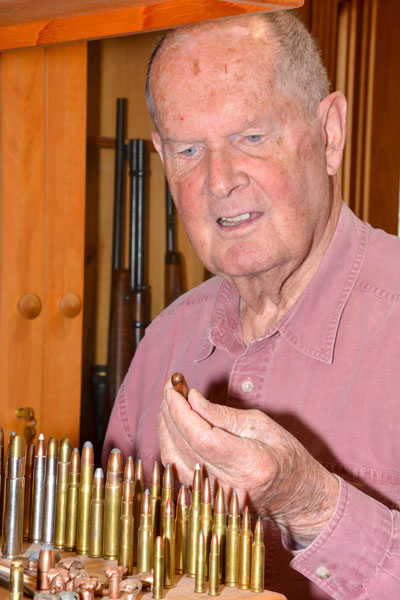
Hunts Worldwide
Johannes returned home from the South Pacific and after finishing an advanced degree at college, took over the family business.
I knew that he hunted a great deal in Vermont and New Hampshire and had a lot of North American hunting experience, including in Canada, but I wondered how he came to hunt around the world later in life.
“I started hunting internationally around my 60th birthday,” he said, “when I could afford it and had time. Before that I was building a business and raising kids.”
“I went to the Safari Club International show in Reno. I had just turned 60 so I got a discounted life membership. I was hooked, walking around with all the books, exhibits and exotic people, I thought I had died and gone to heaven. All the stuff I had read about was right there. So, I booked my first Africa hunt.
“I had been to Africa for a non-hunting horseback trip with my wife in Kenya around 1988. We would ride all day and at night we would eat lamb from New Zealand, rather than local game, which I thought disappointing. Ten or so years later, I booked that first hunting trip. I went to Namibia for 10 days followed by two weeks in Mozambique. We hunted where the Zambezi River flows into the Indian Ocean. It was mostly tall grass with low visibility. We were walking through that tall grass when my PH stopped suddenly and quite urgently waved me back. It seems we had walked up on a buffalo cow that had just given birth. It would not have ended well if she had seen us. It’s those moments that make hunting in Africa so damn interesting.
“The next time I booked to hunt elephants in Zimbabwe. I brought my son, Sam, on that trip. We visited a friend near Vic Falls and then flew southeast to the Save Conservancy where we hunted with Guy Whittall. I was back there in July 2023, again with Guy, and there was an incredible amount of game compared to that first trip, which was already excellent. They are really overpopulated with elephants right now.
“I think that Coues deer might be my favorite hunt, though. It has a lot of the elements of sheep hunting but a fraction of the cost.
“I was in Chihuahua, Mexico, for my 75th birthday. I told the guides that it was my birthday and I wanted a big Coues deer buck as a birthday present. The first one we found had five points on one side, but before I could shoot, somebody noticed that the other side was missing completely. So, I passed. Later we found a great buck and made for a very happy birthday.
“In addition to local hunting and travel in the U.S., I try to do an international hunt every couple of years, if I can afford it. I have been fortunate enough to hunt in Africa, Australia, Europe, North America, South America, Central America and Turkey.
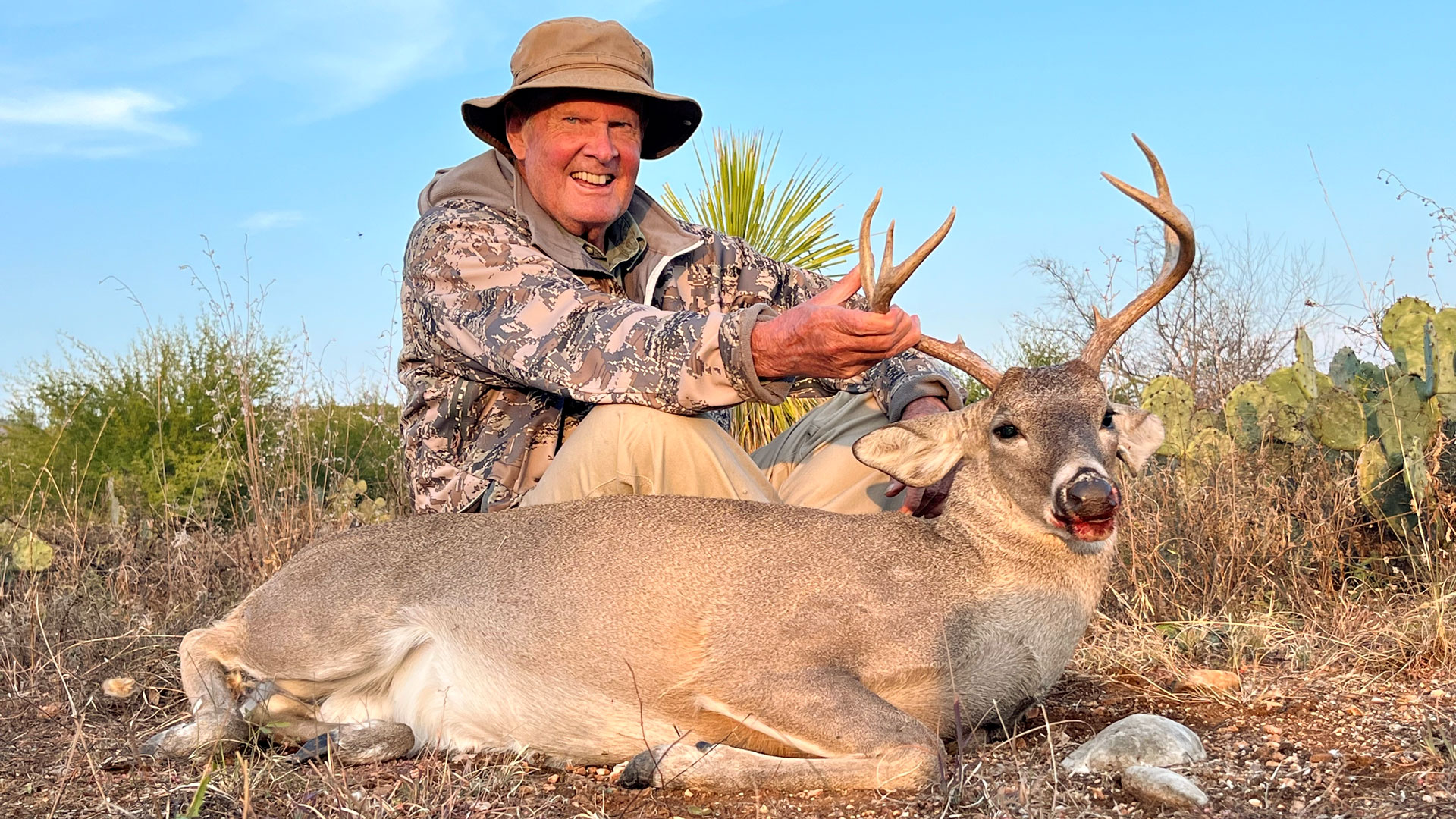
“One of the great hunts was for Carmen Mountain whitetails in Mexico, just across the river from Big Bend National Park. Also notable was a hunt in Argentina for red stag, ducks and pigeons. The owner of the olive orchard we were hunting said he expects to lose one-third of his crop to pigeons, so he was very happy to see us shooting them. In the end, though, I most love Africa. I really enjoy hunting with the team of trackers and the PH. The whole atmosphere is just fabulous.”
I asked Johannes about what’s burning in his belly, what keeps him awake at night. “I just love to be hunting,” he replied. “But if I had to pick one, I want a male lion. I shot a female some time ago, but they are affordable where a male lion is not. They are so expensive now that they are out of reach for almost everybody. So, for now I just want to keep healthy and keep hunting.”
Epilogue
As I was finishing this article I tried to contact Johannes to verify a few things. After multiple attempts I found out that the 85-year-old was in Antarctica on vacation with his wife.
He says that he books such “marriage maintenance” trips in the offseason when there isn’t much hunting going on. However, we did talk about which rifle cartridge might be best for penguins if that season ever opens.












